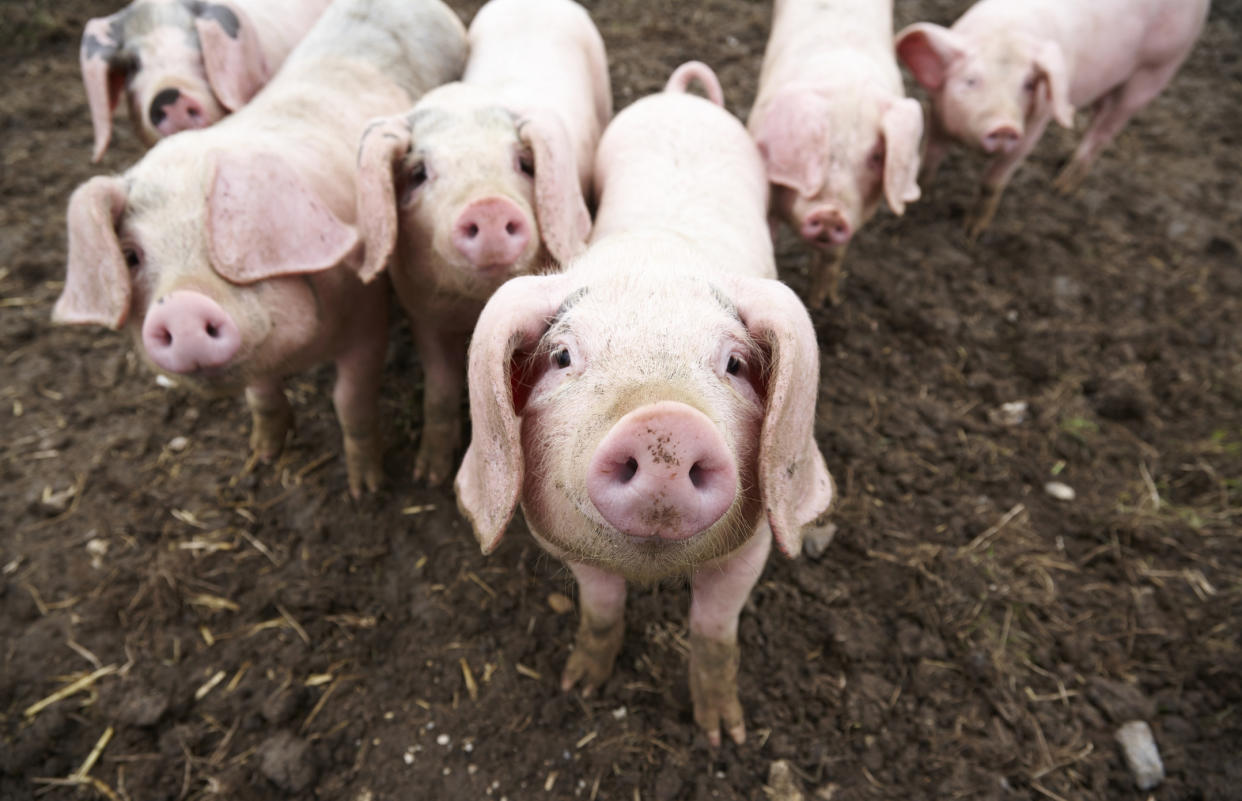‘Chunky’ rebound: Australia’s GDP pegged for growth in Q3

Card spending data from CBA shows strong consumer rebound in Q3
Australian GDP may return to growth after record fall in Q2
RBA now ‘unlikely’ to pursue unconventional monetary policy
After an unexpectedly strong jobs report in October, CBA now expects Australia’s economy will return to growth in the third quarter.
The bank’s Head of Australian Economics, Gareth Aird, revised his forecast to around two per cent growth (up from “broadly flat”).
That will mark a relatively swift turnaround from the June quarter, when GDP growth posted its biggest fall on record with a seven per cent drop.
Putting the Vics on our back
Breaking down the jobs report in more detail, Aird was optimistic about the ongoing increase in total hours worked, which have now posted a solid increase from the low-point in May.
Taken as a broad supply-side indicator, the turnaround means “production will have lifted over the September quarter”, Aird said.
And despite the impact of extended lockdowns in Victoria, Aird also noted some positive trends on the consumer demand side.
Analysis of CBA’s card data (both debit and credit cards) acted as a useful leading indicator for the downturn in Q2 spending, which was subsequently revealed in the June quarter national accounts.
And as the September quarter draws to a close, the data shows there has been a “material increase in the average annual change in card spend over Q3 compared to Q2”, Aird said.
If Victoria hadn’t been placed back into lockdown, household consumption (which comprises around two-thirds of GDP) would have posted a “large rebound” in Q3, Aird said.
Household expenditure is now expected to climb by five per cent in the September after a dramatic 12.1pc drop in Q2 – an increase Aird described as “chunky”.
For both indicators — hours worked and card spending — what really surprised the CBA economics team was the strength of spending outside of Victoria, which dragged top-line figures higher despite the strict closures in Australia’s second-largest state economy.
Looking further ahead, Aird has pencilled in further growth of two per cent for the December quarter, on the assumption that activity in Victoria will resume.
GDP growth in 2021 and beyond
Factoring in a complex mix of headwinds — extended international border closures, lower immigration and the withdrawal of government stimulus — CBA said the economy should still be able to return to annual growth of 2.5 per cent in 2021.
On that basis, the economy will reach its pre-COVID capacity by the March quarter of 2022. But despite last week’s strong jobs report, it’s still “a long road back” to full employment, Aird said.
With Australia’s economy showing tentative signs of recovery, Aird said the recent data will also have implications for monetary policy.
“We think that a move into negative interest rates and/or direct currency intervention will not be pursued,” Aird said.
Instead, if the central bank forms a view that more support is required, then that would likely take the form of an extension to its existing bond-buying program.
But as RBA governor Philip Lowe himself has repeatedly alluded to, Aird said for clues as to Australia’s post-COVID policy stance, look first to the government.
“Fiscal policy looks set to be the major policy support mechanism for the Australian economy in the years ahead, with monetary policy playing a more complementary role,” Aird said.
Make your money work with Yahoo Finance’s daily newsletter. Sign up here and stay on top of the latest money, economy, property and work news.
Follow Yahoo Finance Australia on Facebook, Twitter, Instagram and LinkedIn.


